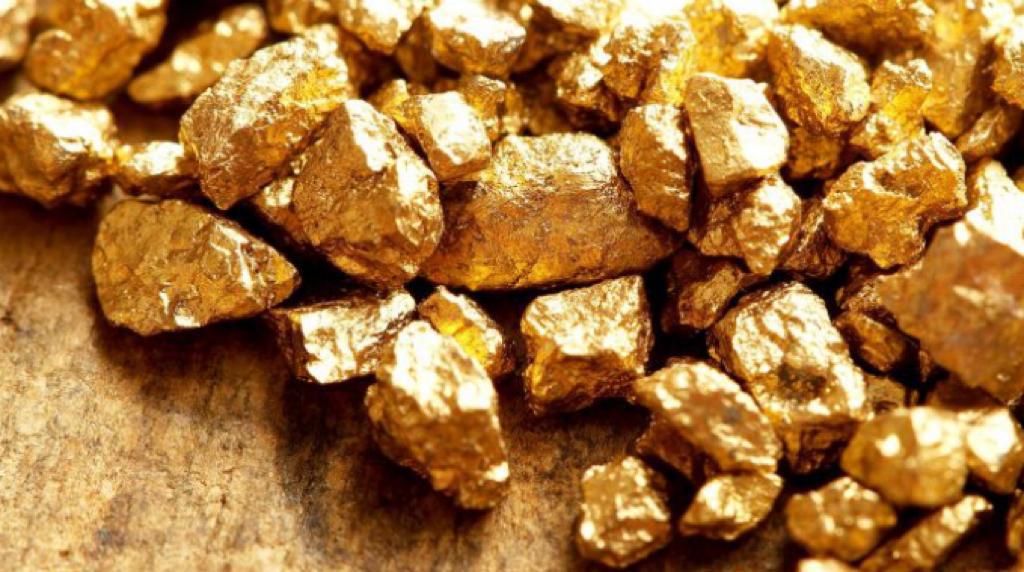Services
DISCOVERY Gold was discovered in its most basic and natural state – in streams and in the ground of the ancient world – and gold is one of the first precious metals known to mankind. As a natural response to its beauty and rarity, gold became a symbol of royalty and glamour in nearly every culture that was able to obtain it. Its brilliance and resistance to tarnish made the precious metal an ideal jewelry-making commodity, and eventually a viable currency. However, there is little consensus in the archaeological and scientific communities on identifying when and where humans first came in contact with and began to use gold. It wasn’t until 2600 B.C. that the ancient Mesopotamians would forge some of the first gold jewelry, paving the way for a variety of aesthetic and decorative uses – both as adornment for humans and structures alike. In 1223 B.C. the iconic Tutankhamen’s tomb was constructed primarily of gold, and legend has it that in 950 B.C. Solomon’s famed temple was built using gold as a prevalent construction material. In fact, gold was largely responsible for creating the concept of money itself, giving rise to some of the first gold coins in 700 B.C. Standardized gold and silver coins would eventually become currency and replace barter arrangements, making trading during the classic periods much easier. By 564 B.C. King Croesus of Lydia would improve the refining techniques of gold and establish the first international gold currency.


